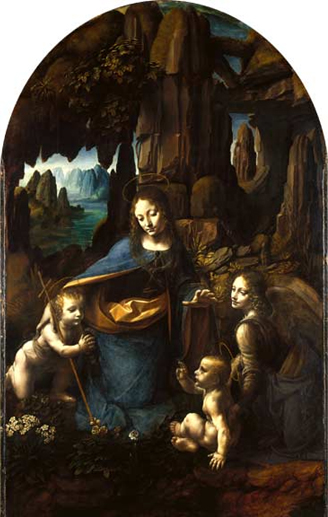Review of 2011.
It goes without saying that the event of the year was (and remains) the National Gallery’s exceptional, once-in-a-lifetime blockbuster, "Leonardo da Vinci: Painter at the Court of Milan". But even without that exhibition, it was another exceptional year for the visual arts, with a whole series of fascinating shows exploring some of the lesser known tributaries of western and indeed world art. The British Museum, going from strength to strength under the leadership of Neil MacGregor, once again showed the way, with enthralling and eye-opening exhibitions exploring such varied subjects as "Afghanistan: Crossroads of the Ancient World", a salutary reminder of the immense cultural riches that are still under threat in that beleaguered country; "Treasures of Heaven", a sense-stunning exploration of the neglected Christian art of the reliquary; and "Landscape, heroes and folktales: German Romantic Prints and Drawings" a hypnotisingly intense survey of graphic art in Germany from the end of the eighteenth century until (roughly) the mid-1860s. The last of these is still open, and free of charge.
The Royal Academy had a rather more mixed year, staging probably the most beautiful small show of the year, an exquisite exploration of Edgar Degas’ obsession with the motif of the female dancer; but also what was unquestionably the most disastrously misconceived and deeply disappointing exhibition of 2011, the much-trumpeted "Modern British Sculpture", a great opportunity squandered for reasons that still remain opaque. The V&A also served up something of a curate’s egg of a programme, with wonderful exhibitions devoted respectively to the textiles of imperial China ("Chinese Imperial Robes") and the cult of art for art’s sake in nineteenth century Britain ("The Cult of Beauty"). Considerably less successful was the museum’s gargantuan survey show, "Postmodernism", which attempted to argue that a movement in the sphere of ideas...


